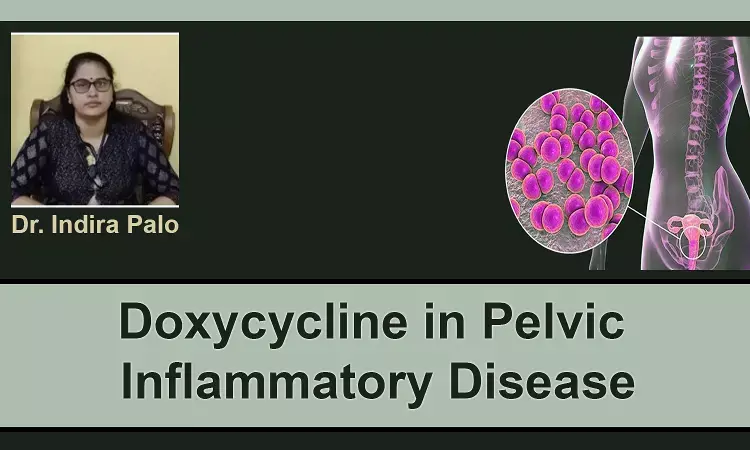- Home
- Medical news & Guidelines
- Anesthesiology
- Cardiology and CTVS
- Critical Care
- Dentistry
- Dermatology
- Diabetes and Endocrinology
- ENT
- Gastroenterology
- Medicine
- Nephrology
- Neurology
- Obstretics-Gynaecology
- Oncology
- Ophthalmology
- Orthopaedics
- Pediatrics-Neonatology
- Psychiatry
- Pulmonology
- Radiology
- Surgery
- Urology
- Laboratory Medicine
- Diet
- Nursing
- Paramedical
- Physiotherapy
- Health news
- Fact Check
- Bone Health Fact Check
- Brain Health Fact Check
- Cancer Related Fact Check
- Child Care Fact Check
- Dental and oral health fact check
- Diabetes and metabolic health fact check
- Diet and Nutrition Fact Check
- Eye and ENT Care Fact Check
- Fitness fact check
- Gut health fact check
- Heart health fact check
- Kidney health fact check
- Medical education fact check
- Men's health fact check
- Respiratory fact check
- Skin and hair care fact check
- Vaccine and Immunization fact check
- Women's health fact check
- AYUSH
- State News
- Andaman and Nicobar Islands
- Andhra Pradesh
- Arunachal Pradesh
- Assam
- Bihar
- Chandigarh
- Chattisgarh
- Dadra and Nagar Haveli
- Daman and Diu
- Delhi
- Goa
- Gujarat
- Haryana
- Himachal Pradesh
- Jammu & Kashmir
- Jharkhand
- Karnataka
- Kerala
- Ladakh
- Lakshadweep
- Madhya Pradesh
- Maharashtra
- Manipur
- Meghalaya
- Mizoram
- Nagaland
- Odisha
- Puducherry
- Punjab
- Rajasthan
- Sikkim
- Tamil Nadu
- Telangana
- Tripura
- Uttar Pradesh
- Uttrakhand
- West Bengal
- Medical Education
- Industry
Pelvic Inflammatory Disease and Clinical Utility of Doxycycline

Pelvic inflammatory disease (PID) is a common infection that can result in severe long-term morbidity, leading to chronic pelvic pain and infertility.(1) Mild-to-moderate PID is defined as the absence of a tubo-ovarian abscess. Severe PID is referred to as severe systemic symptoms or the presence of tubo-ovarian abscess.(2) Such pelvic infections are one of the most common, serious infections in non-pregnant women of reproductive age ,(3) reportedly affecting up to 32% of women in India .(4) The morbidity may increase in correlation to the number of PID episodes.
Other clinically relevant maintaining and precipitating risk factors include instrumentation of the uterus or interruption of the cervical barrier, termination of pregnancy, insertion of IUD within the past 4 months, hysteroscopic and assisted reproductive technique interventions, menstruating women, multiple sexual partners, or recent new partners, poor menstrual hygiene and bacterial vaginosis8. In Indian settings, pelvic inflammatory disease was associated among females in the age-group of 20-30 years, poor literacy, lack of hygiene and with use of intrauterine contraceptive devices.(4)
Dr Indira Pali MBBS, MD O&G, FICOG, FAIOG, is a gynaecologist currently associated with the MKCG Medical College, Behrampur as an Assistant Professor. Her key interest lies in high risk pregnancy, USG and Laproscopy. She is the secretary of Behrampur O&G society and a life member of FOGSI, IMA,ISAR,SFM,IAGE ROTARY sociaties
Dr Kamal Kant Kohli-MBBS, DTCD- a chest specialist with more than 30 years of practice and a flair for writing clinical articles, Dr Kamal Kant Kohli joined Medical Dialogues as a Chief Editor of Medical News. Besides writing articles, as an editor, he proofreads and verifies all the medical content published on Medical Dialogues including those coming from journals, studies,medical conferences,guidelines etc. Email: drkohli@medicaldialogues.in. Contact no. 011-43720751


